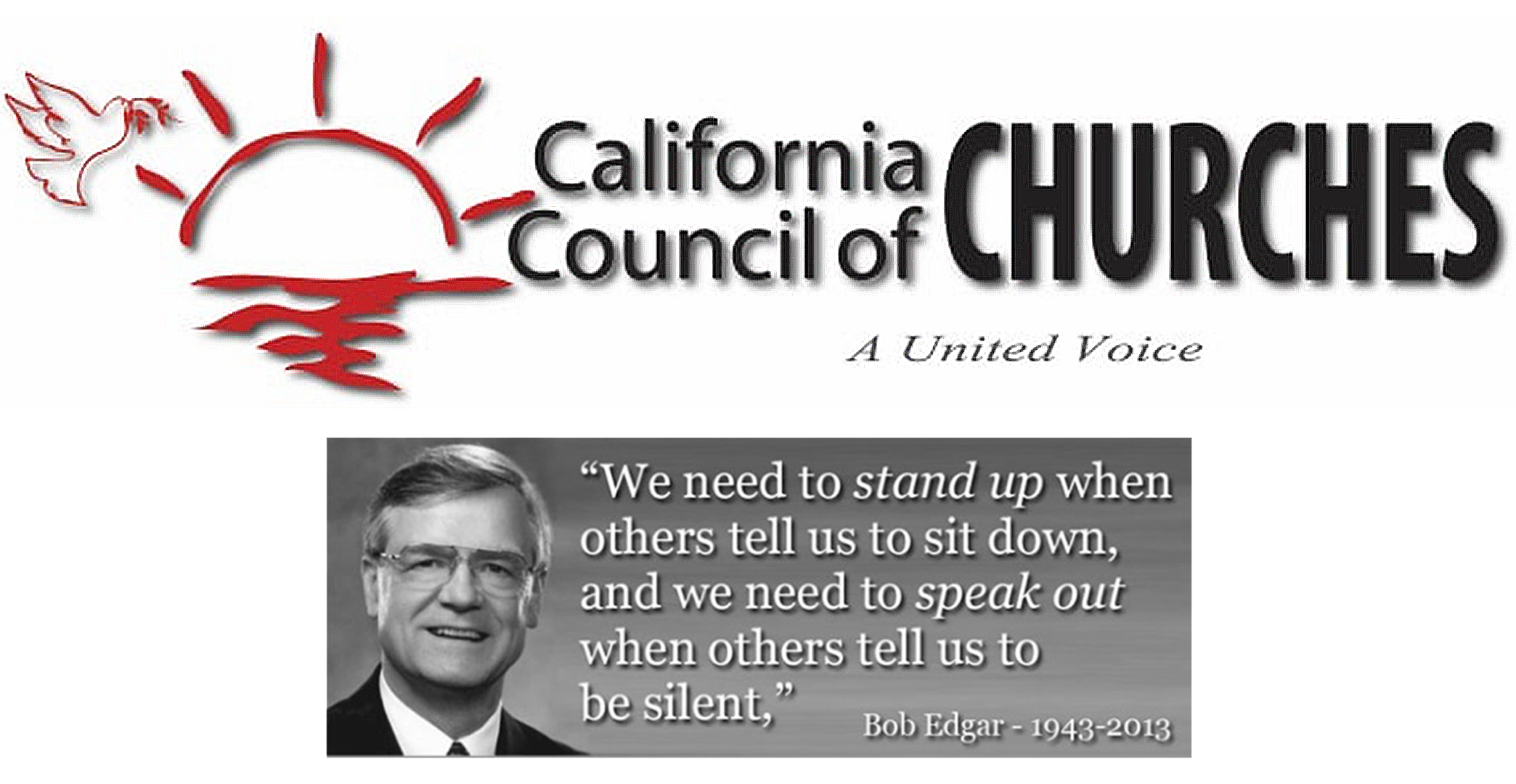Last year our state legislature passed AB 5 that sought greater worker protections for what is called the ‘gig’ economy. The term likens independent contract workers to performers such as musicians who work erratically in temporary settings. Many workers now have this designation from Uber and Lyft drivers to, well, some of our congregational workers.
Employees are covered by contributions from employers to their taxes, state and federal, and to Workers Compensation and Unemployment. These come via the W-2 forms most of us know well. The employee pays a share. The employer pays an equivalent share plus disability and unemployment. This includes Social Security and Medicare contributions, both divided between employer and employee.
Contractors who receive their whole pay thus must pay their own taxes via the 1099 form. They will have no withholding and at tax time or quarterly, contractors file the full tax burden covering both their own and the hiring body’s contributions to state and federal taxes. They receive no coverage on Workers’ Compensation or Unemployment Insurance.
AB 5 sought full employee status for these people so that, among other things, they’d be covered by Workers’ Compensation and Unemployment Insurance payments they could use in case of workplace injuries or illness.
AB 5 is well intended. Who among us proffering justice for working people doesn’t want employees to be cared for properly? However, the definition of a legitimate Independent contractor and an actual employee is now highly confusing.
Here is a short clarification of the standards. It does appear to us that many of our congregational people who perform the work of our churches and ministries have been designated as contractors when they should have been employees. None of this will clear up confusions about, say, temporary clergy or people fulfilling a short term project. Thus the final disposition is probably best found at the California Employee Development Department (EDD) in your local area.
It should also be said that there are now lawsuits against AB 5. Should any of them win, all this will again change. Will it be for the better? For the worse? It probably depends on who you are and how you are impacted.
Basic Test for Employee v Contractor status.
The three part “test” of contractor v employee status is the “A B C” provision in AB 5.
A person is a contractor IF:
(A) The person is free from the control and direction of the hiring entity in connection with the performance of the work, both under the contract for the performance of the work and in fact.
(B) The person performs work that is outside the usual course of the hiring entity’s business.
(C) The person is customarily engaged in an independently established trade, occupation, or business of the same nature as that involved in the work performed.
In other words, the person either as a sole entity or with a business outside of the church who is fixing your overhead lighting now and then is a contractor. The person present every day or a few days to run the office or clean the sanctuary is an employee.
This in no way influences the amount of time, the flexibility of schedules, the hours, or any and all volunteer work. The fundamental rule on the latter is that if you are not paid at all, you are neither a contractor nor an employee. You are just what you appear to be – a volunteer. It also does not impact part-time work in relation to benefits other than as already established in law. It does give everyone reclassified as an employee far greater security in case of accident or illness than they have now. That’s a common good we should try to honor.
The Southern Baptist Conference in Southern California has offered an excellent analysis we share here We do think there remain some very murky areas about employment status that are not going to be clarified without EDD advice. But this should help overall to get a sense of what to do – and what not to do.
The financial impact of transitioning from contractors to employees will be small if handled well. It is moral and proper to reduce what is paid to the new employee/former contractor by exactly the amount that person formally paid of the employer share of taxes so that the congregation or organization can have those funds to pay those new employer taxes. It’s an absolute trade off. No one is harmed financially. It does increase bookkeeping by the church, but it’s pretty minimal. What we do know about Workers’ Compensation is that it’s also very small. If we’ve read the directions properly, it’s $7.00 per employee per year maximum. The computation is annoyingly complicated. The financial impact on the congregation, however, is almost nil.
We trust you will turn to EDD for further clarification. No use coming to us. We’ve exhausted our knowledge here. We will try to provide updates on law suits and changes as they arise, but we aren’t attorneys, don’t even play one on TV, so it’s far better to go to the experts than to ask us. Good luck!

